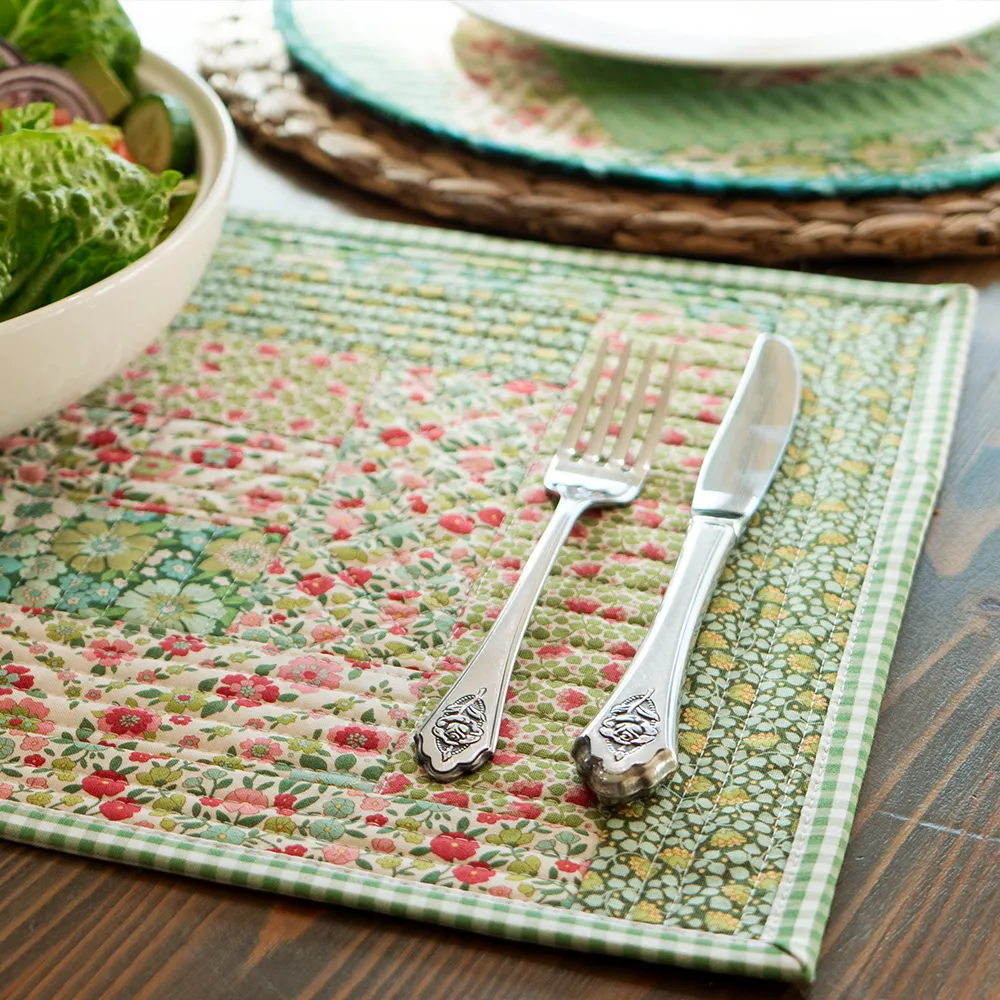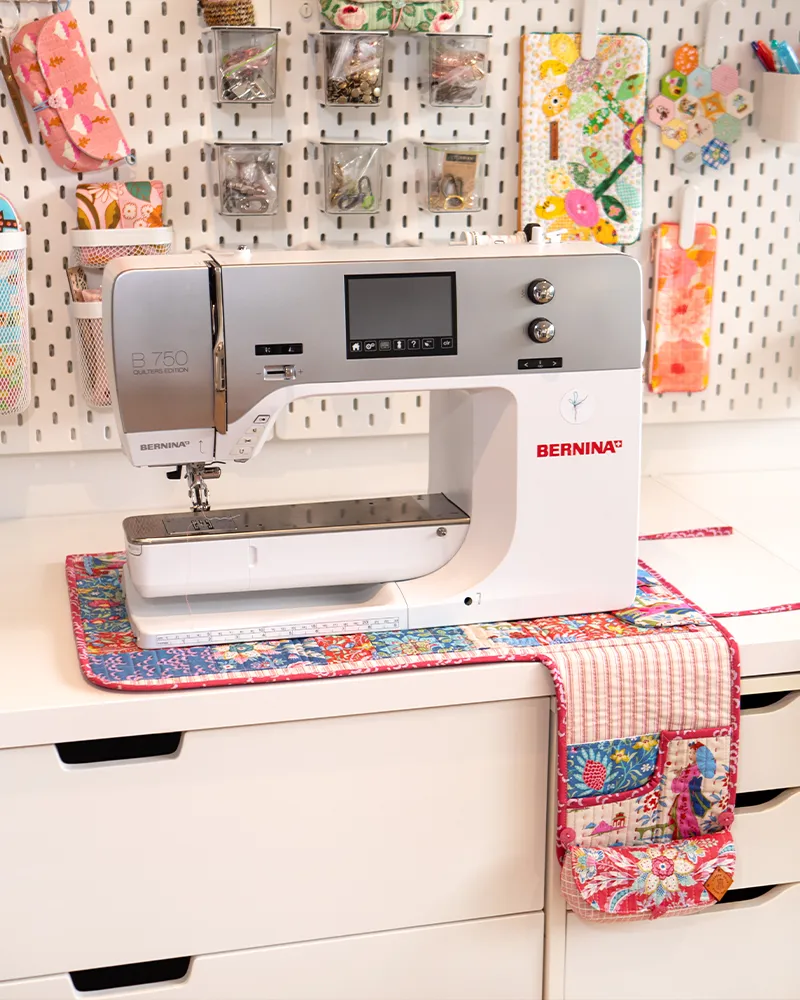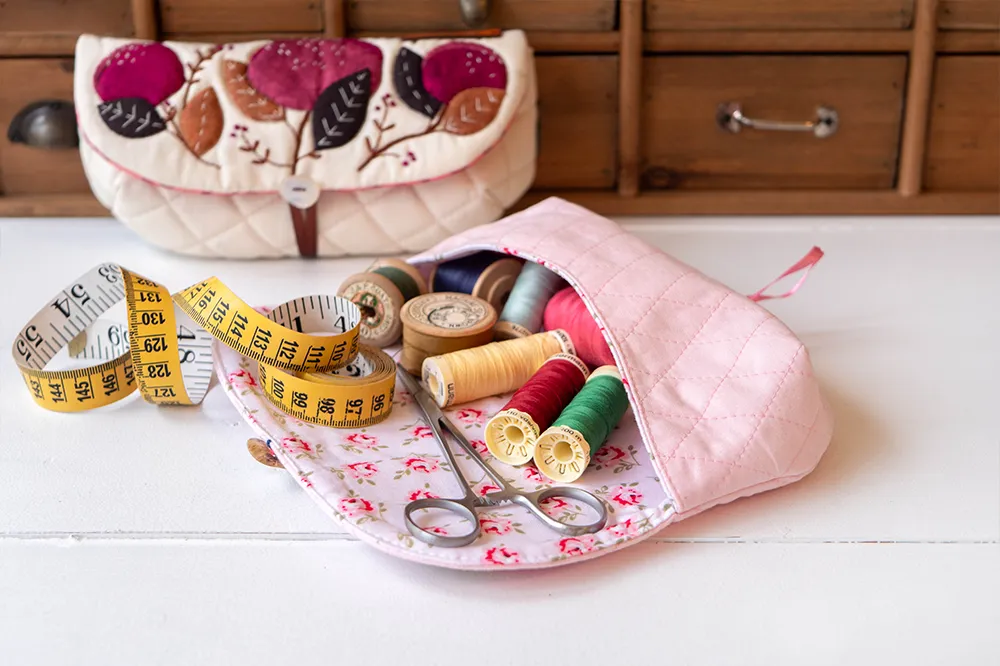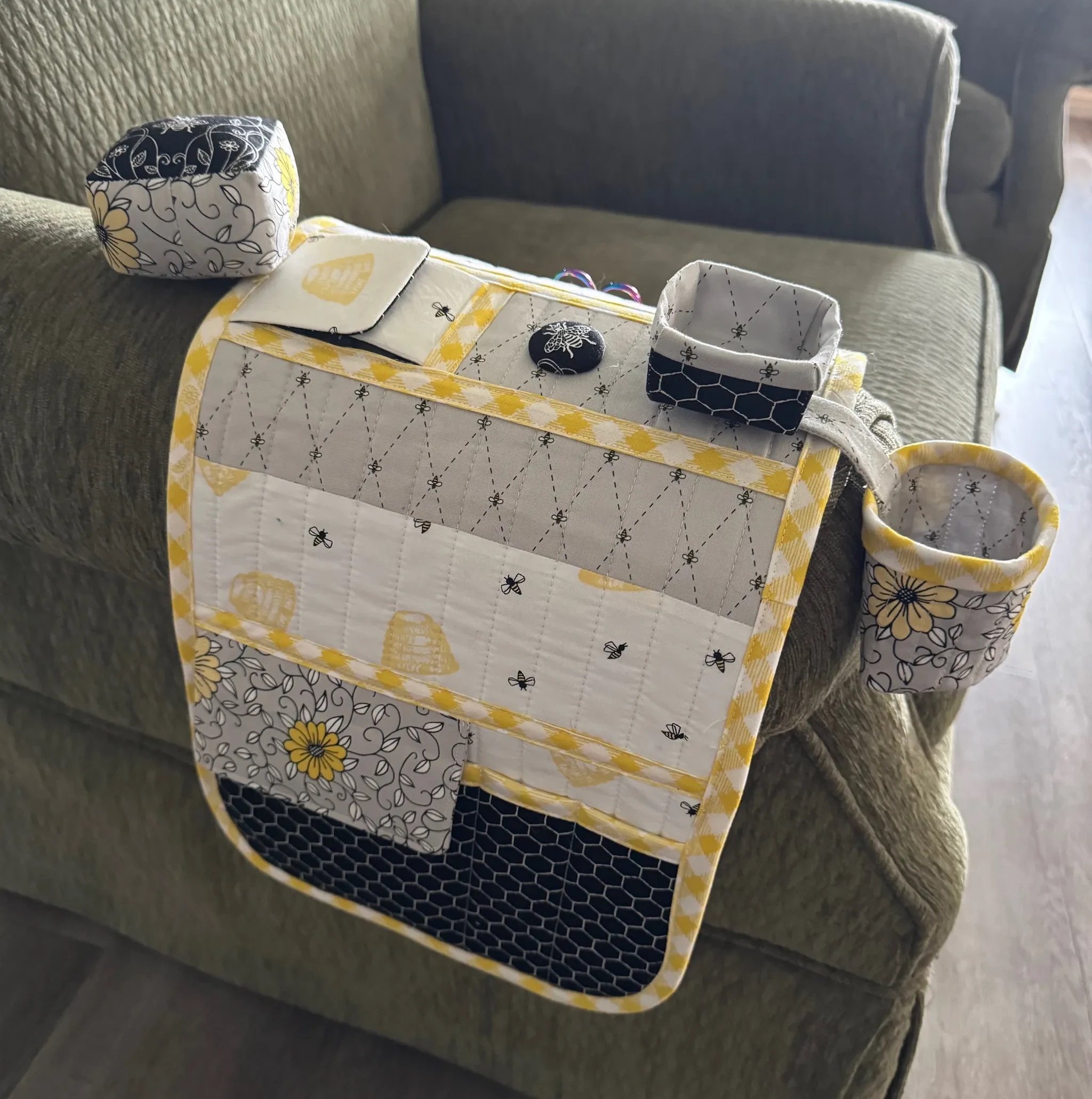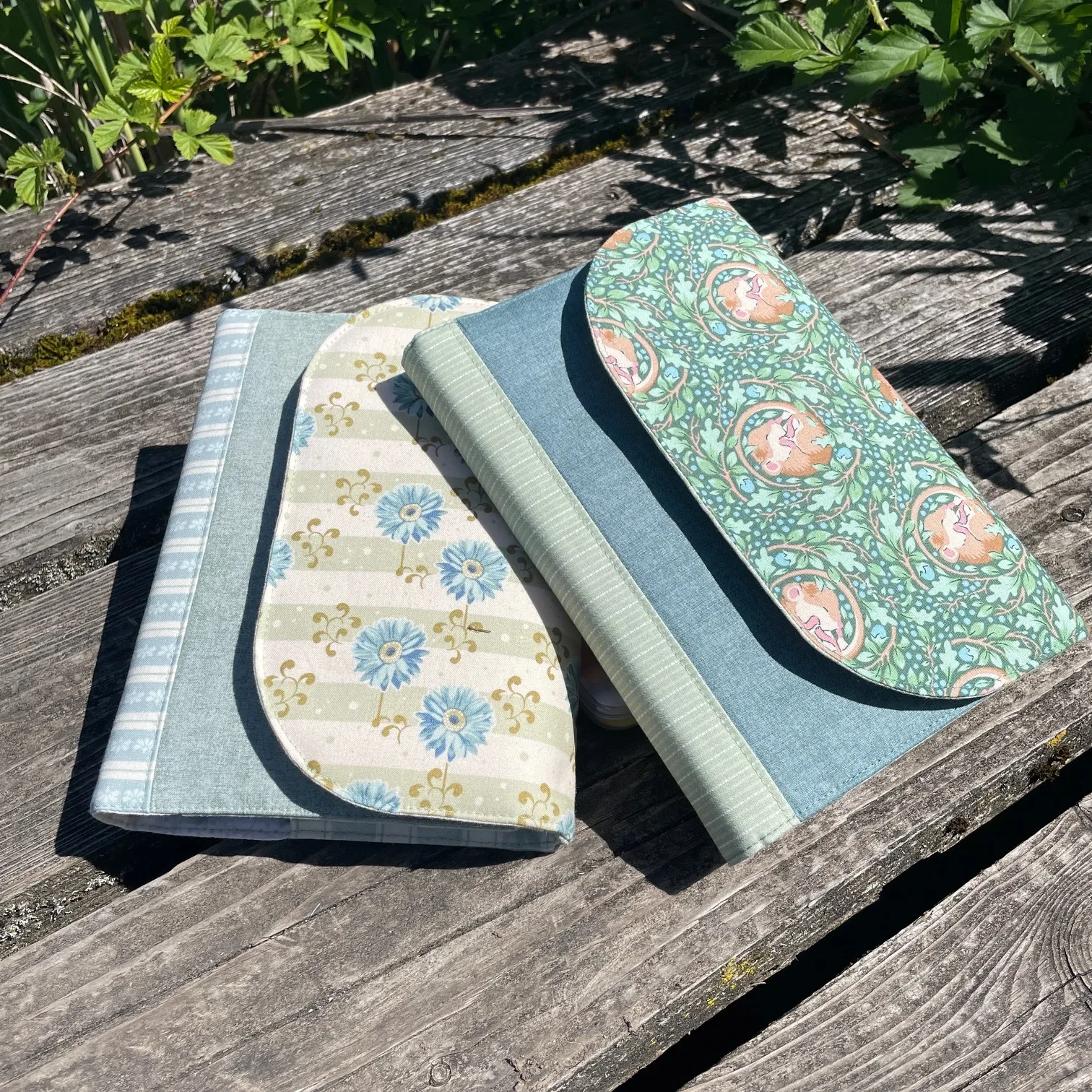
Into the Fray: Quilting with Wovens
Wovens fray big time! But don't let that be a deal breaker for you...
Have you tried sewing with yarn dyed wovens? Let's venture into the fray together, and work out what works and what doesn't!
It's been a long time since I've worked with a fabric like this, and it brought back memories of my dressmaking days.
I used to sew with widely different substrates like this all the time, but this is the first quilt I've ever made with it.
So what's the deal with wovens and why are they different?

Well both quilting cotton and yarn dyed cotton are woven, but they are produced differently.
Most of the fabric we use for quilting is tightly woven white cotton which has had a design printed onto the surface of it.
The result is a clear right side and a wrong side because the design doesn't usually penetrate right through the fabric.
Solid quilting fabrics are the same base, but then dip dyed and can sometimes be used both front or back as the colour is even throughout the fibres.
But yarn dyed fabric have each strand of fabric pre-dyed to a particular colour, before they are woven together, making the colours an integral part of the fabric.
The warp and weft threads can be different colours, and the effects can be endless.
Sometimes they're a larger weave than quilting cotton, and they are not always reversible.

In this quilt I've used Harriot yarn dyed by Carolyn Friedlander in Wasabi for Robert Kaufman as the background, paired with Playground by Dylan M for Windham Fabrics.
Harriot has several different colours in its woven in a design to give it a tiny checked appearance.
It's what I would describe as 'preppy' and it's really soft to the touch, with lovely texture. This one is completely reversible.
So armed with a bit of knowledge and working with care, you can sew this with confidence, and get a great result!

The biggest difference you'll find with this fabric is it FRAYS.
And some of it frays big time.
This one in particular is a looser weave, so the threads aren't so tightly bound to each other.
But don't let that be a deal breaker for you.
If you can overlook the mess, and cope with the daunting feeling of seeing large amount of threads just wanting to just up and leave... trust me when I say the texture and extra dimension is worth all that.

Tips for Cutting Wovens
You can tame it!
You're the boss, and you can coax this fabric into compliance.
Use lots of starch.
LOTS.
It really helps with the fraying, and helps keep it from warping and stretching out of shape.
I found my brain wanted to cut precisely following the edge of the threads, but in reality it wasn't possible if I wanted to double it up as I usually do.
I'm sure if you cut one layer at a time you could cut exactly on grain, but most of us don't have time.
After you've cut it up, handle it as least as possible. Pay attention and when you see a thread coming away from the edge, resist the urge to just pull if off.
You possibly can, but before you yank it away, have a closer look at how much is connected to it, as you need to preserve your seam allowance as much as possible.
Tips for Piecing Wovens
When sewing with it, I've found it pairs up really nicely with quilting cotton, as in the two don't stretch dramatically differently.
I had no trouble getting pieces to meet, and I didn't pin any more than I normally would (I rarely pin).
It was just as easy to achieve block accuracy size, and I found that really encouraging.
Pay attention to the edge of the woven fabric, especially if it's lost some of it's threads parallel to the seam.
You'll need to remember that your 1/4" seam allowance starts from the edge of the perpendicular threads, not from the parallel threads.
I would recommend overlocking the edge of your finished quilt top before beginning any basting and quilting, so you don't lose more of your precious edges.
And it's super satisfying to tidy up those messy edges too.
Would I use yarn dyed again??
I absolutely would!
I did find I got covered in threads a bit more than usual, but nothing that didn't brush off easily.
The overall finish and soft texture of the final quilt makes you forget any frustration you had in the making.
A bit like childbirth really😉
So go venture forth into the fray, and enjoy trying a new fabric! I'd love to hear how you got on...

Join my Facebook community

If you're a social bee, get involved with over 1100 sewists, quilters, and creators from around the world. Share your creations and get inspired!



